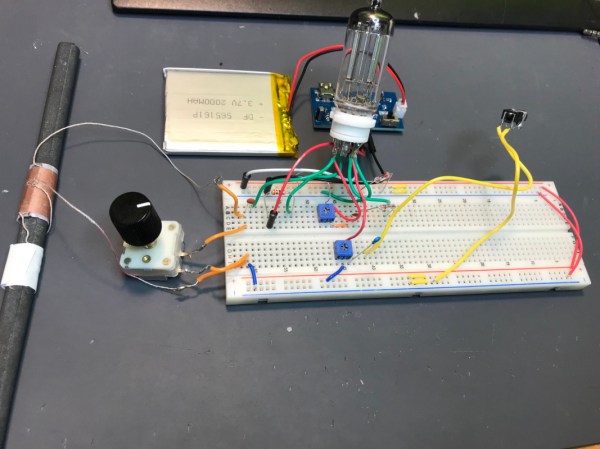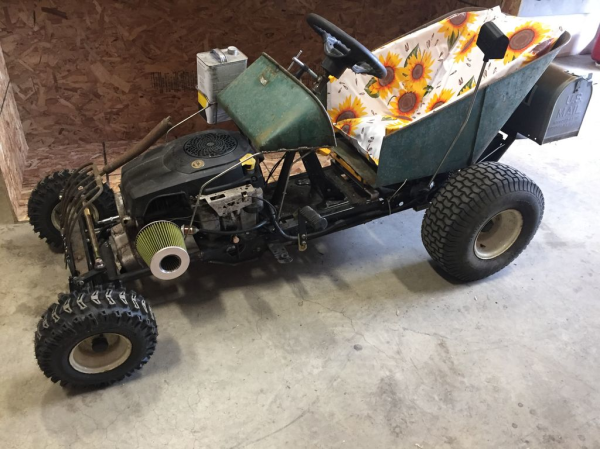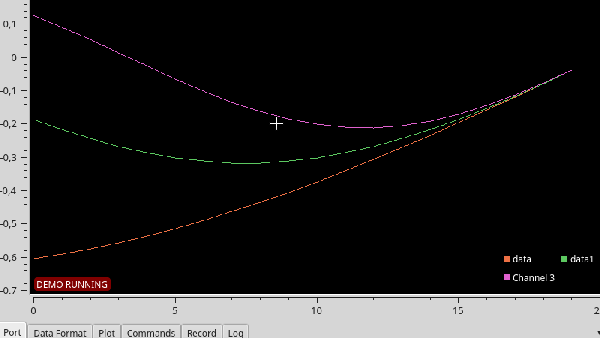It’s been a long time coming but [Fran] finally has a DSKY display, a replica of the user interface display found in the Apollo Guidance Computer. The best part? It’s a t-shirt.
This build is a long, long, time in the making first beginning in 2015 when Fran started investigating the DSKY of the Apollo Guidance Computer. At the time, there were reproductions, but honesty they were all terrible. The reproductions used off-the-shelf seven-segment LEDs or light pipes. The real DSKY was a work of art and at the time probably the most complex electroluminescent display ever created. This led [Fran] to a very special trip to the annex of the Air and Space Museum where she was allowed to inspect a real DSKY display. She got all the measurements, and with some non-destructive investigation, she was able to piece together how this very special display was put together.
With that information, [Fran] was able to figure out that this display was a fairly complex series of silk screens. If it’s silk screen, you can put it on a t-shirt, so that’s exactly what [Fran] did. This used a DIY silk screen jig with phosphorescent inks. It’s not an electroluminescent display, but it does glow in the dark.
While this DSKY t-shirt does glow in the dark, that means it’s not an electroluminescent display like the original DSKY. That said, screen printed electroluminescent displays on a t-shirt aren’t unheard of. Several years ago, a screen printing company did a few experiments with EL displays on wearables. Of course, if you want a real electroluminescent DSKY display, [Ben Krasnow] has a very modern reproduction of the screen printed display. The electronics of [Ben]’s project do not resemble what flew to the moon in any way whatsoever; the original DSKY had relays. That said, we’ve never been closer to a modern recreation of the display from an Apollo Guidance Computer, and we have [Fran] and [Ben]’s work to point us forward.
Continue reading “I Went To The Moon And All I Got Was This Lousy T-Shirt”

















